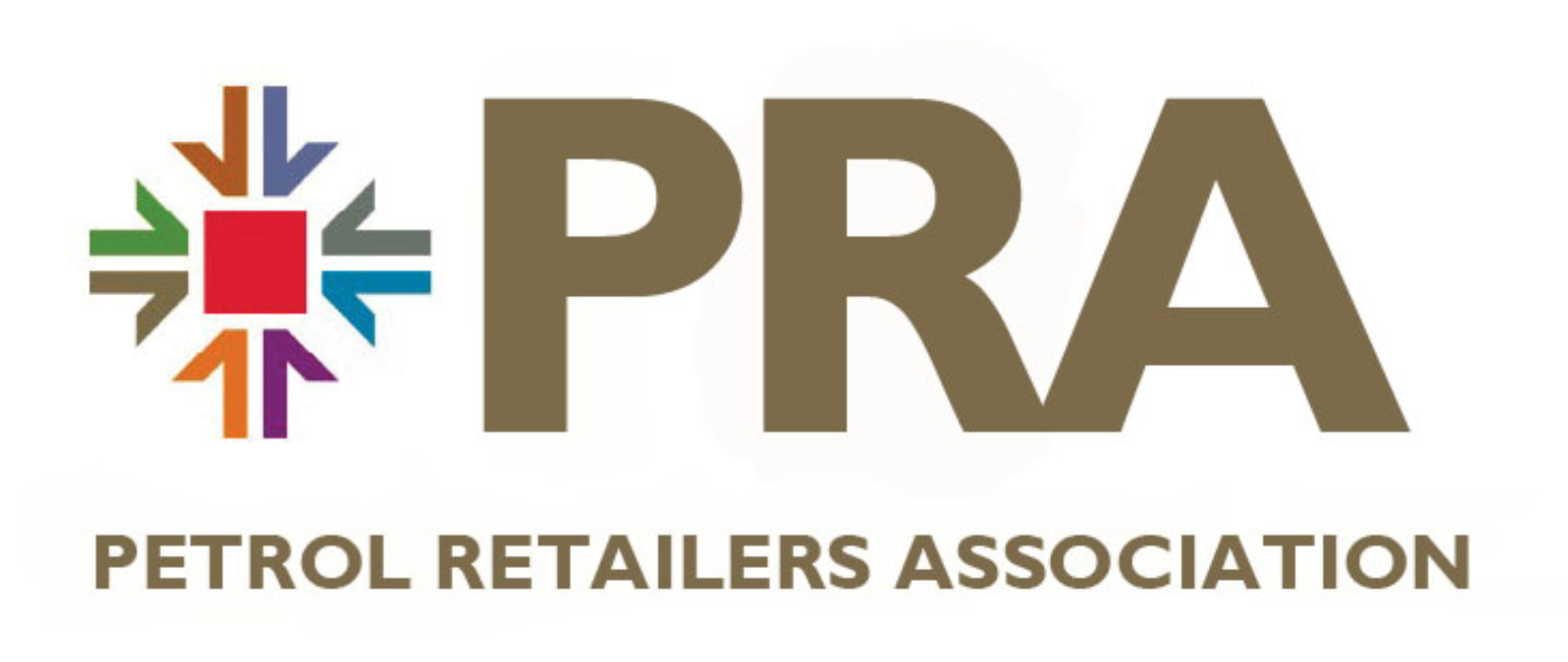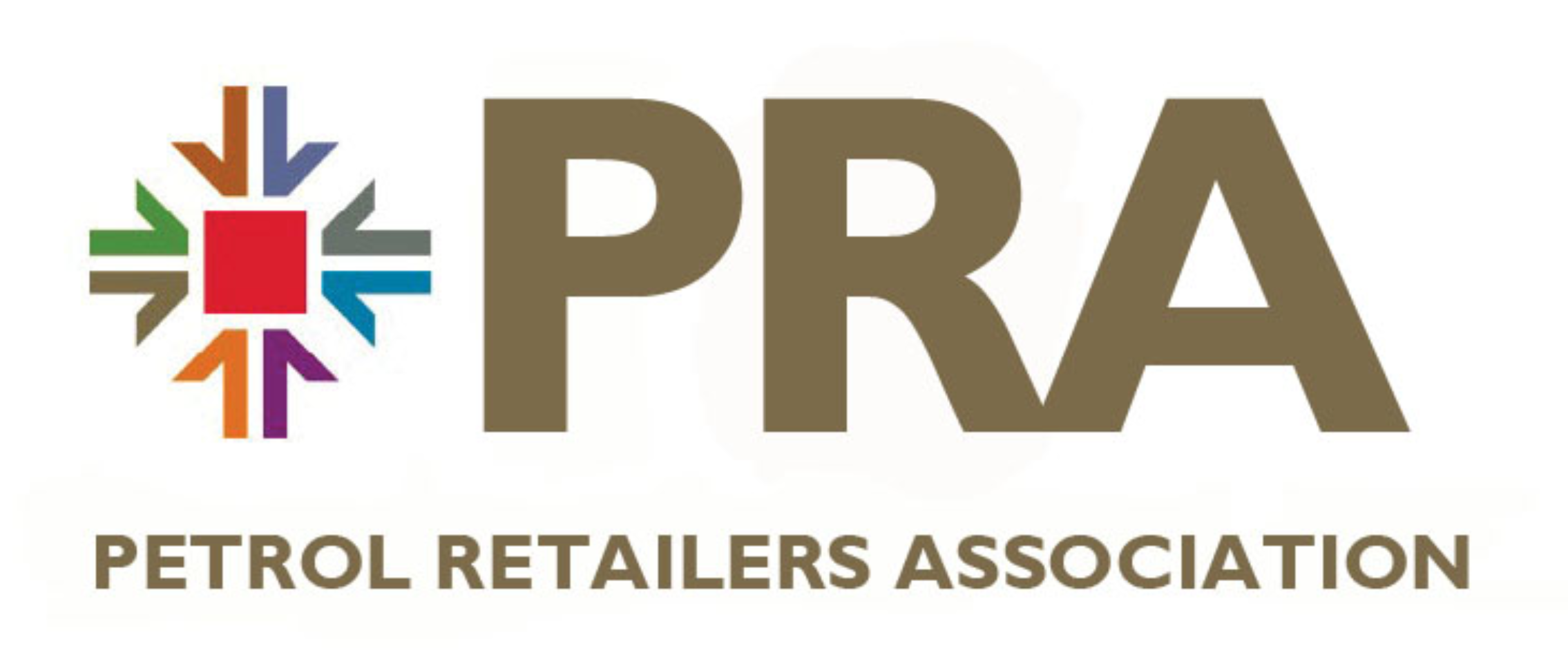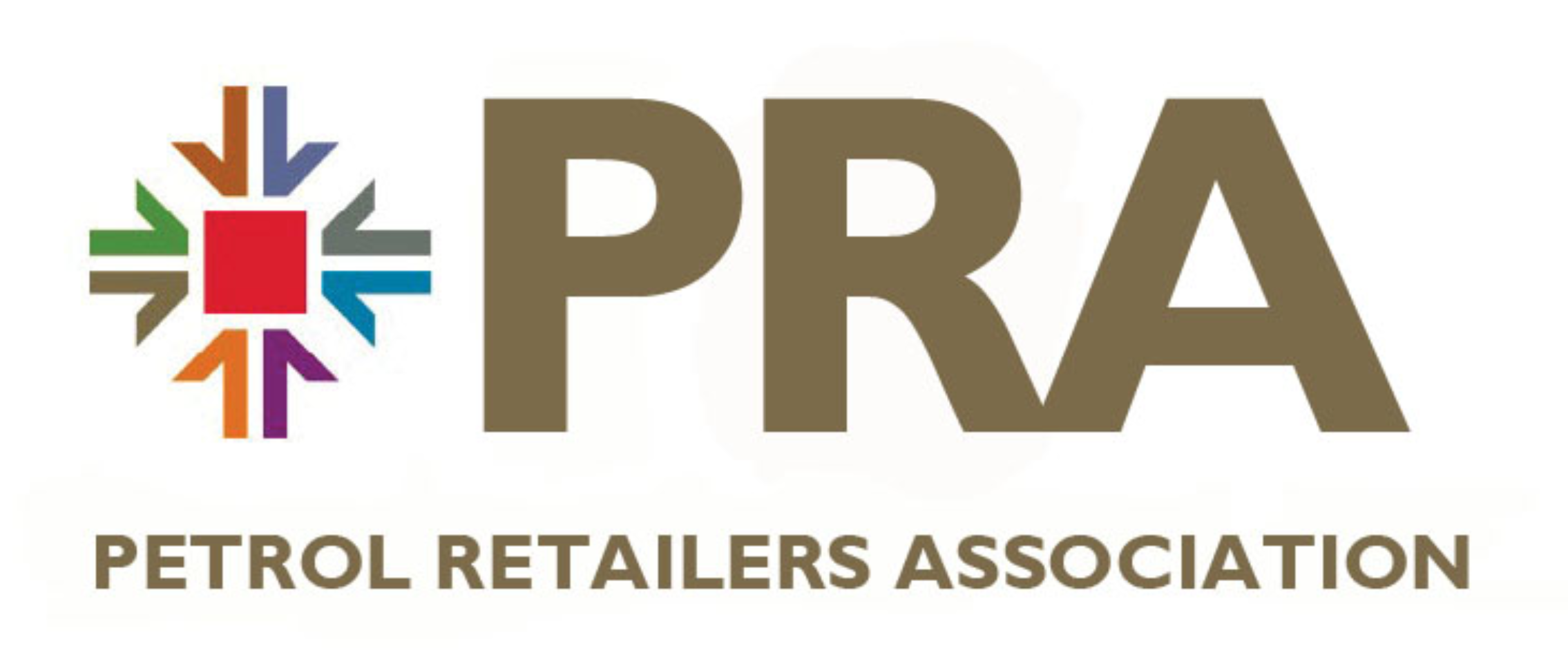Title Page
-
Client/Site
-
Date
-
Prepared by
-
Location
PRA
-
-
iAuditor Suite of Petrol Retailers Association Safety and Environmental Check Lists
The Petrol Retailers Association Technical Team has compiled a suite of check lists to be used within the iAuditor mobile device application. This app is free to use and adapt by up to 10 people for an unlimited number of inspections and encourages regular and comprehensive checks to ensure that their forecourts are operating safely and in compliance with all relevant legislation. The check lists consist of:
1. Daily staff check list
2. Weekly staff check list
3. 6 monthly management check list
The check lists have been compiled with valuable input from the PRA Technical Committee, which consists of a cross-section of operators of petrol filling stations of all sizes. The content of the check lists has also been endorsed by Hampshire County Council (who are also a member of the Technical Committee) under the Co-ordinated Primary Authority Partnership they operate with the PRA.
The check lists are comprehensive and cover all aspects of safety (related to Petroleum Legislation) and compliance that it is necessary to check for faults, functionality, adequate maintenance etc. It is recognised that petrol filling stations vary in both the way that they operate through physical arrangements, type and age of equipment, mode of operation, arrangements for deliveries of fuel etc. Therefore, the check lists can be adapted for each petrol station or business as necessary. Individual items can be removed and added as required to cover all that it is necessary to check on a specific site. For example, the items related to Driver Unassisted Deliveries can be removed when a site receives deliveries of petrol with site staff assisting the tanker driver. Whilst unrelated items may be removed from a site check list, the site-specific risk assessment which is a legal requirement under the Dangerous Substances and Explosive Atmospheres Regulations 2002 (DSEAR), must be used to ensure that nothing has been removed from a check list which could be deemed to affect site safety and nothing which poses a site-specific risk has been omitted from that check list.
The frequency of the carrying out of the checks has been a subject of much debate and we have arrived at the suggested level of frequency based on the staff carrying out the checks having a good level of competence and site specific knowledge of the site at which they are working. This should enable them to carry out the checks within a short period of time, with less experienced staff obviously taking longer and possibly referring to other members of staff or managers to fully understand what is necessary for the checks to be completed. As well as improving the ongoing safe operation of petrol stations, we see this as a good tool for the training of new staff.
DOCUMENTATION/RECORDS (available/current – some on-line or on-site acceptable)
-
Have forecourt staff carried out their daily/weekly checks satisfactorily and taken appropriate action to ensure that any items deemed ‘not satisfactory’ are addressed?
-
Petroleum Storage Certificate (DOES THE ‘KEEPER’ (SITE OPERATOR) HOLD A COPY?) DOES IT REFLECT THE ARRANGEMENTS ON SITE? HAVE THERE BEEN ANY PRESCRIBED MATERIAL CHANGES?
-
Are Petroleum Storage Certificate Referenced Drawing(s) (if any) available on site as part of emergency action plan?
-
DSEAR risk assessment - carried out, current (no significant changes since last review) & report available and review recorded.
-
DSEAR risk assessment – action points annotated & addressed.
-
Is the emergency action plan up to date and available and known to all staff?
-
Does site/company have a policy for dealing with customers that have mis-fuelled their vehicles? Are all staff aware of the policy?
-
Delivery risk assessment – completed and available, and any identified control measures known to be implemented when necessary?
-
Pay@Pump/ Payment by device or contactless payment. Identified on DSEAR risk assessment and any control measures identified implemented?
-
Unmanned Self Service risk assessments - completed and any identified control measures implemented? (if applicable)
-
Is there a current Electrical test certificate and is the next test arranged?
-
Have any Category C failures listed on Electrical Certificate been addressed?
-
Are oil separator/petrol interceptor and forecourt drainage cleaning records available? And if necessary, maintenance arranged?
-
Are staff training records up to date? cover all staff?
-
Is record of Fire Extinguisher maintenance/testing available and current? If necessary, has the next test etc. been organised?
-
Are records of general maintenance, filed correctly in Site Register?
-
Are records of LPG maintenance and testing (if applicable), filed correctly in Site Register? Is testing due/organised?
-
Are records of Leak Detection System Maintenance (if applicable) filed correctly in the Site Register? Is testing due/organised?
-
Are Vapour Recovery System Stage Ib Inspection/testing records current and filed correctly in the Site Register? Is testing due/organised? (Pressure/vacuum valve must be checked every three years as a minimum).
-
Vapour Recovery System Stage II tests (if applicable) are records filed correctly in the site register? Is testing due/organised? (Vapour Recovery pipework must be tested every 5 years)
SHOP / KIOSK / OFFICE
-
Means of raising the alarm Satisfactory (Fire Risk Assessment will determine whether automated, manual, or oral)
-
All the ducts into the building sealed (no smells of petrol in building, particularly check to see if there has been any work on forecourt electrics or tank gauges). Ducts may be in electrical cupboard or in console area.
Electrical Cupboard
-
Switchgear correctly labelled and accessible
Tank Contents Measuring (gauges / dip-stick) & Alarm Systems
-
Tank gauges in working order and correctly labelled with number, grade, maximum working capacity (usually print out grades, numbers and maximum working capacities must match with tank and/or off set fill labels).
-
Are tank dip sticks (if applicable) numbered and calibrated to an individual tank? (Each tank compartment must have a designated dip stick). Broken/bent to provide a false reading? (in need of replacement).
TANKS & FILLPOINTS
-
Note: The frequency of inspection of tank access chambers etc. is subject to a risk assessment by the site operator. They may employ contractors or their own employees to carry out this task
-
Tank access chambers clean and free of vapour and water?
-
Visible pipework labelled, undamaged and corrosion free?
-
Stage II return line labelled (if applicable)?
-
Tank correctly labelled with number, grade, maximum working capacity?
-
Double skin tank interstitial space, Leak Detection Header Tank Satisfactory. Secured to side of tank access chamber and above the level that any water ingress may reach, (where leak detection fitted)?
-
Duct entries to tank access chambers sealed
DRAINAGE (Oil separator/Petrol Interceptor)
-
Note: The frequency of inspection of access chambers etc. is subject to a risk assessment by the site operator. They may employ contractors or their own employees to carry out this task.
-
Is the separator or petrol interceptor in good working condition? Is it regularly checked? (The best time to inspect them is when this work is being carried out by the contractor employed by the site operator. If the liquid levels in each chamber of a three chamber interceptor are not practically the same before they are emptied, it is likely that the walls of the interceptor have become imperforate causing the ground to become contaminated. Most separators are constructed of fibreglass and have been known to be punctured or imperforate).
-
Are oil separator/petrol interceptor vent pipe(s) satisfactory? They should be identified on the hazard zone drawing. They must be reinstated if damaged as vapour will be discharged from them in the event of a spillage of petrol being retained in their chamber(s). (Interceptor vents are generally large diameter pipes located somewhere near to the separator or interceptor (interceptor vent pipes come out of the ground as three separate pipes and are joined together). They will often have a 180 degree bend known as a ‘swan neck’ at the top).
COMPLETION
-
Additional Notes
-
Signature










